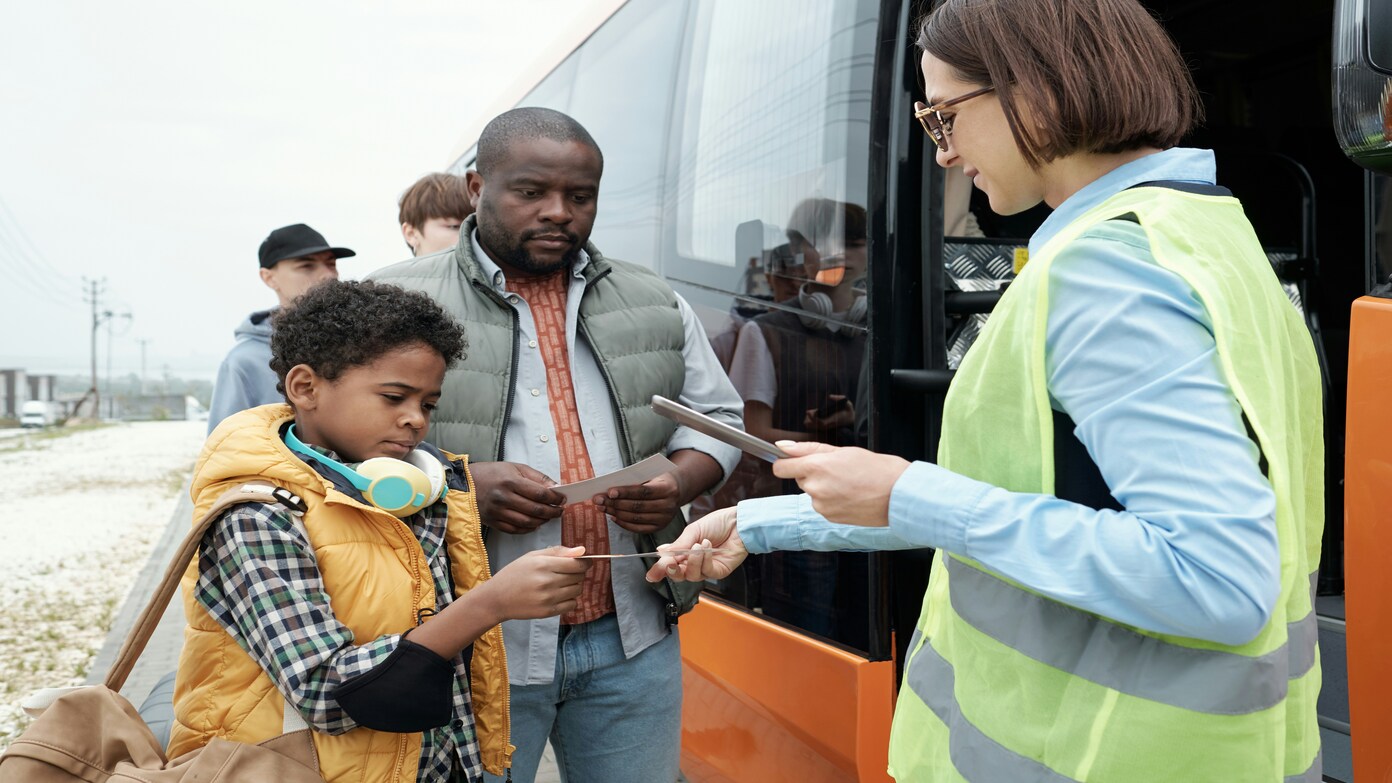Remember this news:
MTA announces fare hike for 2026
New Yorkers will pay more fares on subways, buses, trains, and tolls starting Jan. 4, 2026, when the Metropolitan Transportation Authority (MTA) implements a new fare hike. The authority defends the hike as a way to keep pace with rising operating costs fuelled by inflation and increased labour costs.
The report states that for the second time within a few years, the cost of getting around New York City is going up. And for millions who use public transportation daily, this is an added setback to already tight budgets.
The MTA reports that fare hikes will finance the work to make service, security, and equipment upgrades dependable. Although the alterations are “periodic” and “small”, riders feel the extra sting adds up, especially as New York adjusts to increased living costs and traffic tolls for drivers in Manhattan.
Read this later: TJ Maxx closes one of its most iconic stores in Boston – Here is the date and location of the closure of one of…
When and why the increase is happening
The MTA originally intended to raise fares in March 2025 but decided to delay the change until January 2026. Why? To coincide with the roll-out of OMNY, the contactless payment system that will replace MetroCards on buses and subways entirely.
MTA officials claim that the timing will be smoother since New Yorkers will be familiarising themselves with the new payment technology. The OMNY system enables customers to pay through phone touch, credit card swipe, or OMNY card tap without having to use the outdated MetroCard swipe.
“This increase is designed to keep the MTA’s operations stable without shocking commuters,” said Janno Lieber, MTA President and CEO. He noted that the new rates are “below the rate of inflation” and designed to protect frequent riders and families.
How much more you’ll pay
Here’s what the new MTA fares will look like starting in January 2026:
- Subway, bus, and Access-A-Ride fares will increase by 10 cents, from $2.90 to $3.00.
- Reduced fares (seniors and individuals with disabilities) will be increased from $1.45 to $1.50.
- Express bus fares will increase by 25 cents, to $7.25 from $7.00.
- Toll charges will increase by 7.5% on all MTA bridges and tunnels.
- Long Island Rail Road (LIRR) and Metro-North fares will rise by up to 4.4% for single-ride tickets.
- LIRR and Metro-North monthly and weekly tickets will rise by about 4.5%.
- The MTA explains that without the hikes, inflation would have pushed the subway base fare to around $3.14 in 2026.
Other major system changes are on tap for 2026.
The fare hike isn’t the only change passengers need to watch out for. The MTA also announced a set of big system changes, concurrent with the OMNY rollout and future modernisation initiatives:
- All fares will be paid for completely contactless — cash and coins will be phased out over time.
- Coins are no longer accepted on buses starting in late 2026.
- MetroCard passes will be done away with, being substituted by “fare caps” that limit how much you pay in a week.
- Under the 7-day OMNY fare cap, no rider will spend more than $35 for a week’s worth of subway and bus travel. For reduced-fare riders, the weekly limit will be $17.50.
- Express Bus riders will have a $67 weekly limit.
- The purchase fee on OMNY cards will go from $1 to $2.
- Tolls will rise from 20 to 60 cents per trip, depending on the bridge or tunnel, but existing E-ZPass discounts will be preserved.
What this means for riders
For most New Yorkers, the difference is simply cutting back a bit more. With rising rents, food prices, and now transit fares, travelling in the city will just get more expensive.
However, the MTA argues these small incremental hikes are necessary to avoid steeper, more draconian fare increases in the future. The agency also holds the added revenue will go towards cleaning stations, providing more reliable service, and helping workers.
As New York continues to expand its transit network, the optimism is that simpler payments and fare caps will make daily commutes easier — if at a slightly higher expense.
By January of 2026, everyone will be watching how smoothly the MTA makes this transition — and whether riders think the cost of progress is worthwhile.
Read this later: Nissan will recall more than 19,000 vehicles in the US due to a fire risk associated with fast charging – These are the affected…

